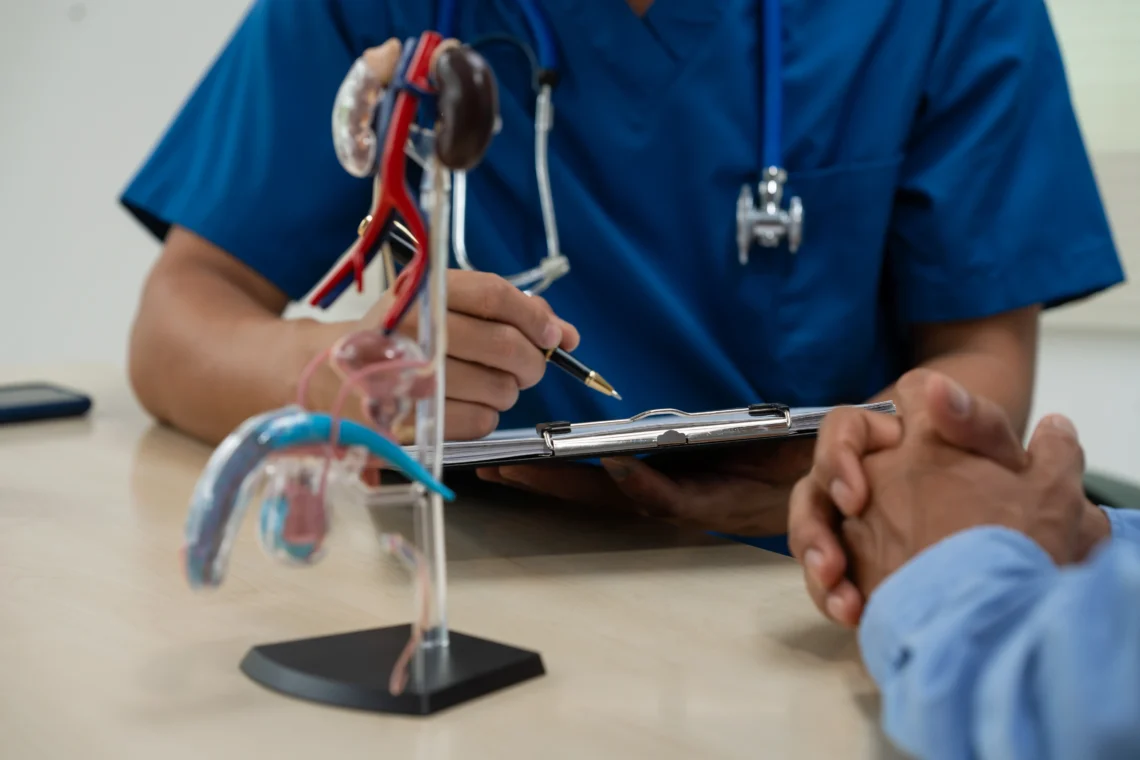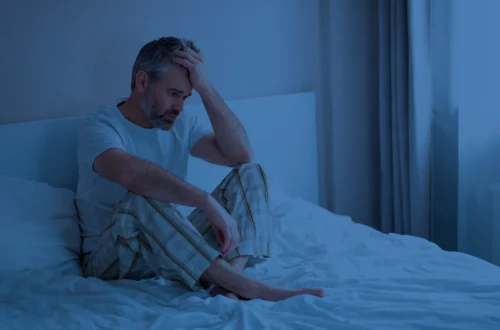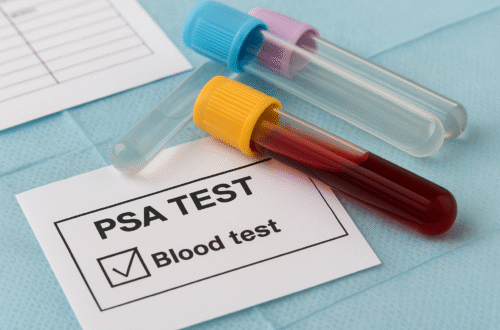Benign Prostatic Hyperplasia (BPH), or prostate enlargement, is one of the most common conditions affecting men over 50. It often leads to symptoms like a weak urine stream, frequent nighttime urination, or the feeling of not fully emptying the bladder.
Early BPH treatment can make a huge difference — and the sooner you act through healthy habits and natural support, the better your chances of preventing progression to medications or surgery later.
To better understand your situation, you can also take our IPSS Prostate Symptom Quiz.
1. BPH Treatment Through Lifestyle Changes and Natural Support
For men with mild symptoms, BPH treatment often starts with lifestyle improvements. Doctors usually recommend:
- Reducing caffeine and alcohol intake
- Avoiding excess fluids before bedtime
- Maintaining a healthy weight and staying active
- Managing stress, which can worsen urinary urgency
In addition, several natural supplements have shown promise in supporting prostate health and promoting better urine flow.
Many of my patients prefer to begin here, as this stage allows men to take control before the problem advances. I strongly encourage watching this educational video that explains a natural method used by thousands of men to reduce BPH symptoms.

2. Medical BPH Treatment Options
When natural and lifestyle measures are not enough, doctors may prescribe medications such as:
- Alpha-blockers (e.g., tamsulosin, alfuzosin) – help relax the muscles around the prostate and bladder neck
- 5-alpha-reductase inhibitors (e.g., finasteride, dutasteride) – help shrink the prostate over time
- A combination of both for moderate or severe symptoms
Medication-based BPH treatment can take weeks to months to show results and may cause mild side effects like dizziness or reduced libido.
(Suggested image: “doctor discussing prescription options with patient”, alt text: “medical BPH treatment consultation”)
For lifestyle guidance, visit Dr. Emily’s article on daily habits that support prostate health.
3. Surgical and Minimally Invasive BPH Treatment
If medications fail or the symptoms become severe, surgical BPH treatment options may be needed. These include:
- Transurethral resection of the prostate (TURP) – removal of part of the enlarged tissue
- Laser therapy – vaporizes or cuts excess prostate tissue
- UroLift system – holds enlarged tissue away from the urethra to improve flow
These procedures usually offer long-term relief, but are only recommended when other methods no longer control the symptoms.
Learn More from Reliable Sources
Final Thoughts
BPH is a progressive but manageable condition. Acting early — especially through healthy routines and natural approaches — can prevent the need for medication or surgery.
If your symptoms persist, talk to your urologist about medical or surgical options.
👉 Watch the video to discover how many men are improving their prostate health naturally and avoiding invasive BPH treatments.





